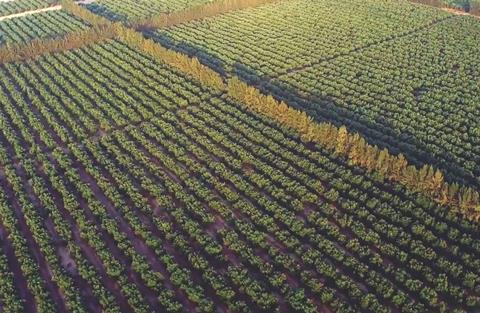New trade deals and improved market access for key products augur well for the future of Peruvian produce in the region

The importance of the Asian market for Peruvian fresh fruits and vegetables cannot be understated. Exporters have been making steady inroads in the region over the past decade and as Peru’s output continues to grow, Asia will account for a greater share of overall shipments.
“Peru is on its way to being the eighth largest fruit exporter in the world. Currently, the country is the world’s leading exporter of fresh blueberries, table grapes and fresh asparagus and the second biggest for avocados and ginger. Even as recently as 10-15 years ago, no one could have imagined that Peru would be the number one in table grapes and blueberries,” says Bernardo Muñoz, director of the Trade Commission of Peru in Shanghai.
Underpinning all of this progress is the work carried out by the private sector, supported by public incentive policies, accompanied by the National Strategic Export Plan, PENX 2025.
Today, Peru is an established supplier to global markets and there’s still plenty of room for further growth, especially when taking into account the many large-scale irrigation programmes and logistics projects that are currently underway in the country. These include DP World’s US$400m project to expand the Port of Callao, making it one of Latin America’s leading logistics hubs (see p160).

The past year has not all been smooth sailing, however, with the effects of El Niño impacting many of Peru’s key export crops. Avocado exports, for example are projected to reach 468,000 tonnes in 2024, down from 558,000 tonnes the year prior, while shipments of fresh blueberries ended 2023/24 on 215,000 tonnes, a decrease of 25 per cent on 2022/23.
“These types of weather events undoubtedly affect production of some crops, but if we look at it in the round, agricultural exports have grown continually for the last 25 years,” Muñoz says.
“The challenge is to be able to take preventative actions and make the necessary investments to minimise the impact of possible climate change in the future. Our position as a supplier to Asia remains on course – the weather might be unpredictable, but our export companies want to maintain strong trading links and Asia forms a crucial part of that.”
There’s no doubt that improving market access for Peruvian products is of high importance to Peru’s government. During June’s visit to China by President Dina Boluarte, for example, a new agreement was signed to allow exports of table grapes by air.



